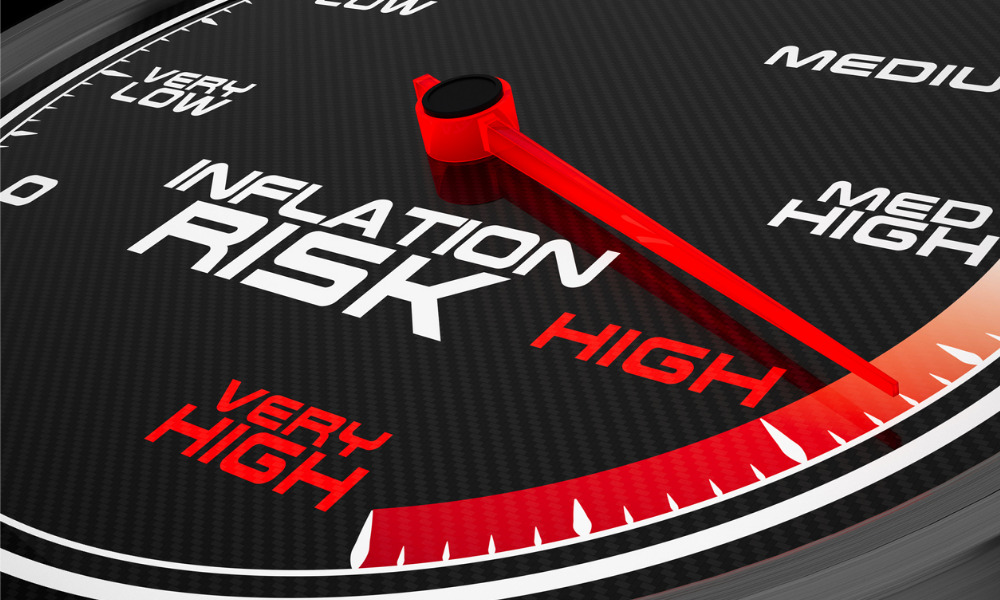“It represents a wholly retrospective measure that reports what has happened over the past year, but without specifying exactly when the change in inflation took place. Was it a year ago? Several months ago? Or more recently?” added Valentin Petkantchin, economist and vice-president of research at the MEI.
The MEI suggests that a different indicator – a compounded annualized rate derived from the CPI’s rate of change over the previous month – can make up for the oversight.
It said that with that proposed metric, the first indication of an inflationary surge above the 2% target could have been found in July 2020, nearly a year before official statistics showed signs of deviating from the target rate.
The prospective rate also would have shown a reading of 12.5% in May this year, before reverting to less than 10% in July.
“To make an automotive analogy, the prospective rate is to price inflation what the speedometer is to a car,” Elgrably explained. “Just as the speedometer allows for immediate calculation of the distance the car will travel if the current speed is maintained for the next hour, the prospective rate determines the drop in purchasing power that will result if the CPI continues to grow at the same rate.”


